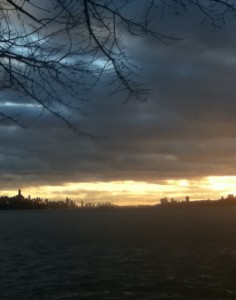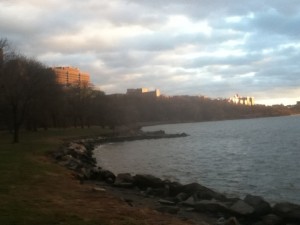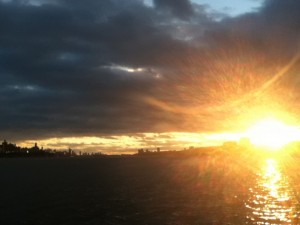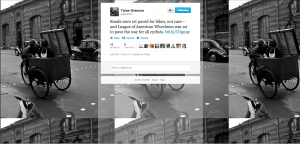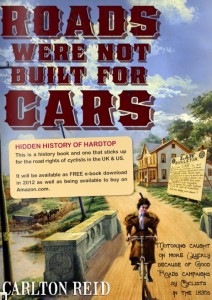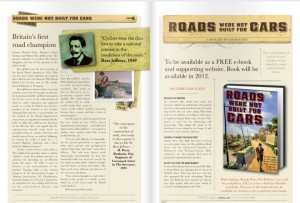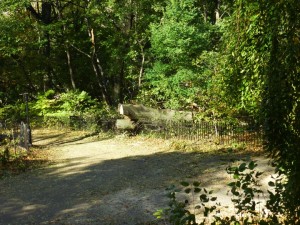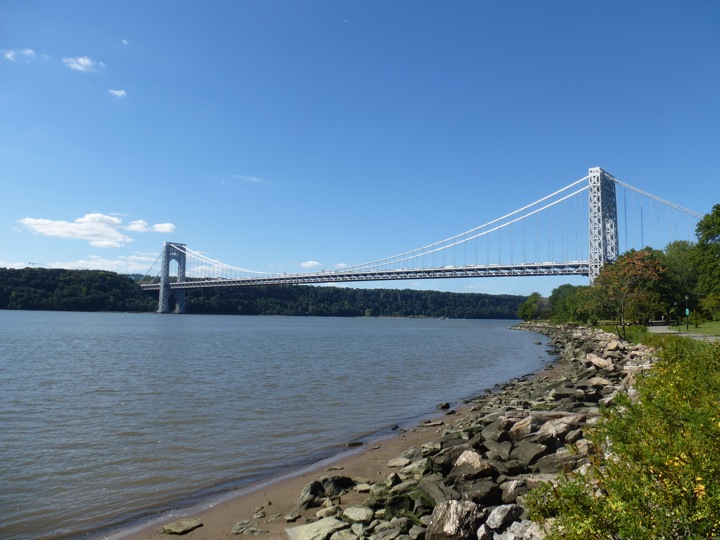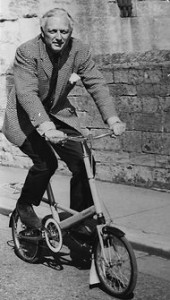 Although Englishman Alexander Moulton (pictured here) was trained as an automotive engineer his most lasting professional contribution was as the designer of the first mini-bicycle, the forerunner of today’s folding bikes. The fascinating NY Times obituary details the moment when
Although Englishman Alexander Moulton (pictured here) was trained as an automotive engineer his most lasting professional contribution was as the designer of the first mini-bicycle, the forerunner of today’s folding bikes. The fascinating NY Times obituary details the moment when
“Moulton began toying with a small-wheel design for an adult bicycle in the late 1950s. His interest was partly spurred by gasoline rationing in Britain during the Suez crisis, which began when Egypt nationalized the Suez Canal, an act that threatened to halt oil shipments to Western Europe from the Persian Gulf.
But the design was also fostered by his own engineer’s determination to make things better: ‘The Moulton bicycle was born out of my resolve to challenge and improve upon the classic bicycle,’ he said.
His idea was to create a more efficient, all-purpose vehicle, suitable for errands and commuting at least as much as for recreation. He wanted it to have substantial carrying capacity, to be maneuverable in traffic, to roll smoothly and to be pedaled easily.
He came up with a bike with wheels 16 inches in diameter, high-pressure tires for minimum rolling resistance, front and rear rubber suspension systems for smooth riding on potholed or cobblestoned roads, and a step-through frame (that is, without the top tube of the traditional diamond-shaped frame) for easy dismounting (and more suitable for women wearing skirts). The small wheels left plenty of room for carrying briefcases, shopping bags or overnight luggage. The early bikes could easily be taken apart for convenient stowing, though they were not really foldable; still, the small-wheel collapsible bikes of today owe a debt to the original Moulton. ([The Moulton company] now makes foldable bikes itself.)”
I’ve owned mini- and collapsible bikes and didn’t know who’d invented them. They are great city errand-running bikes. I also love the fact that they were invented as a response to a fuel crisis. Thank you, Alexander Moulton!

